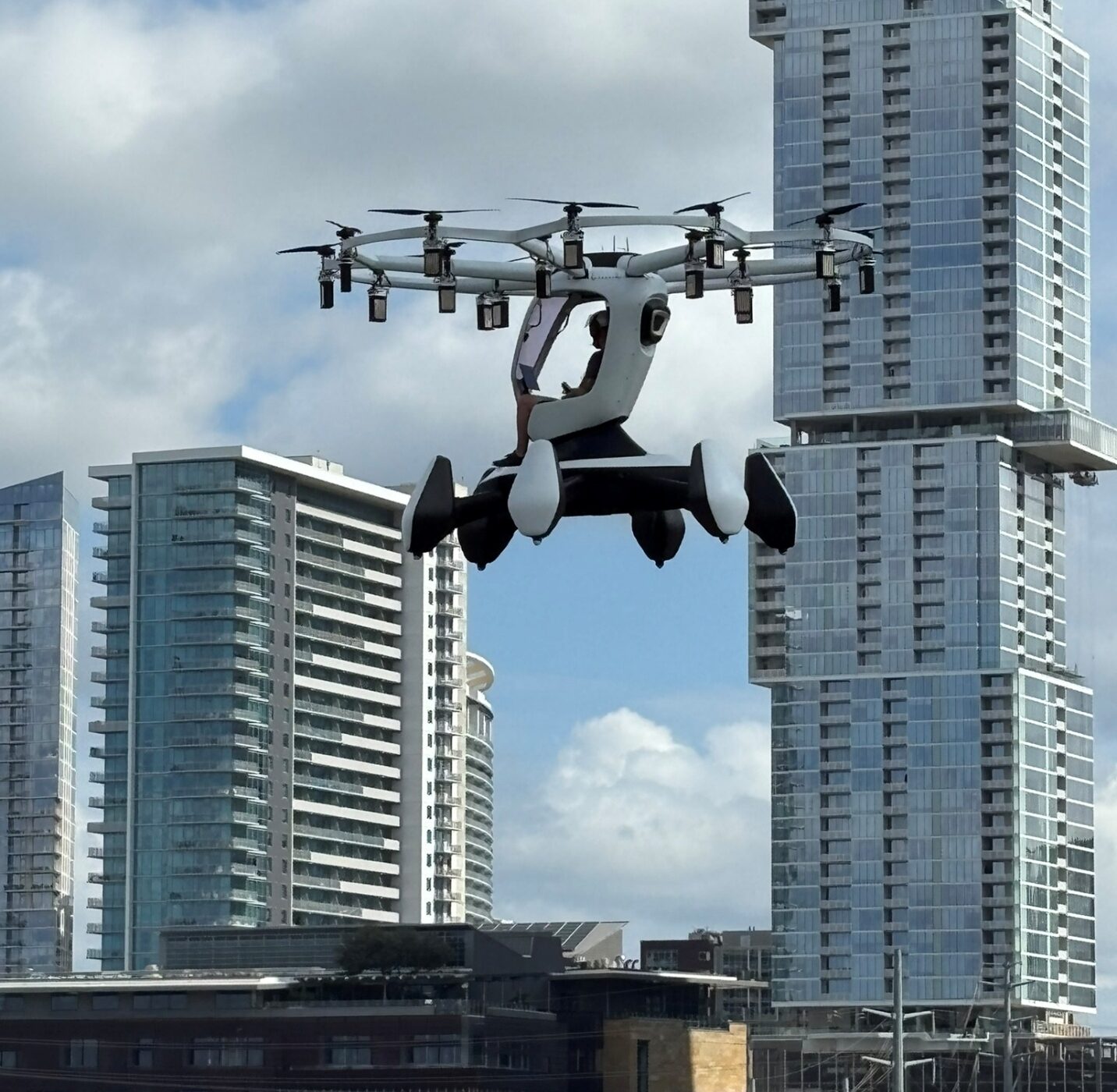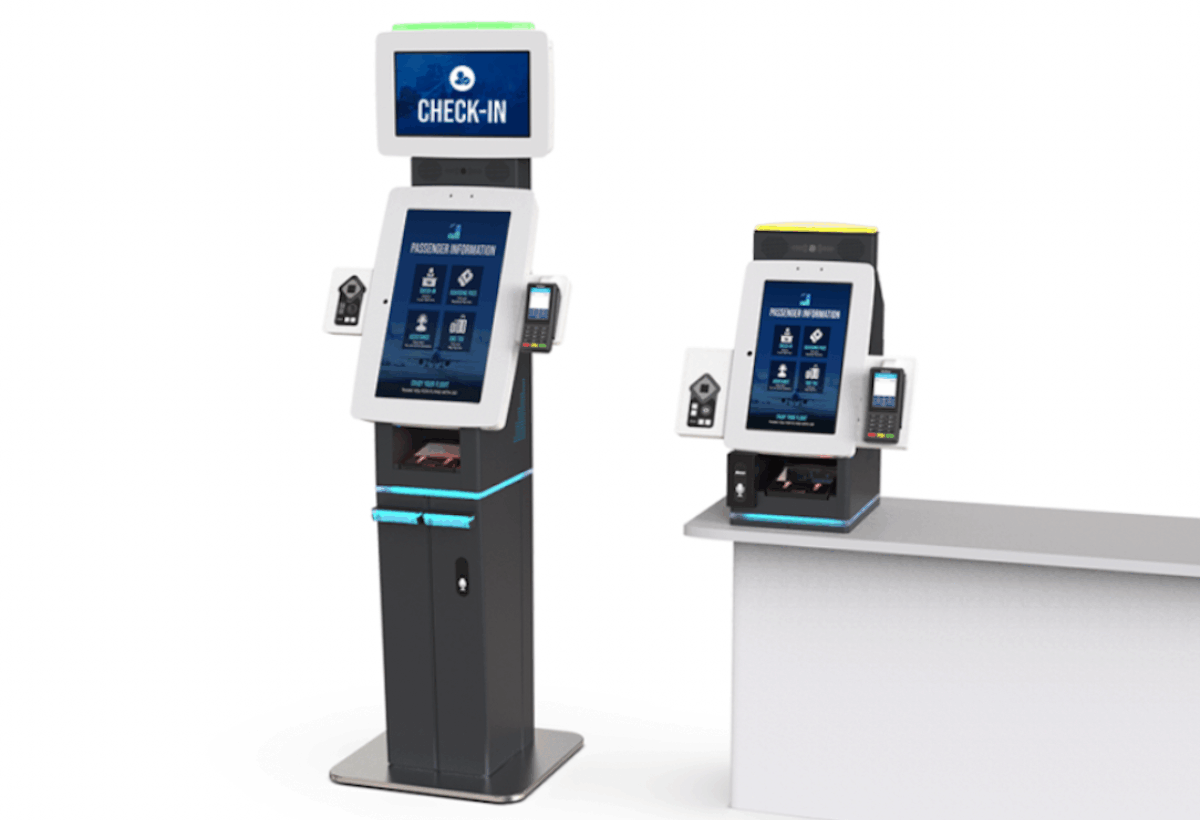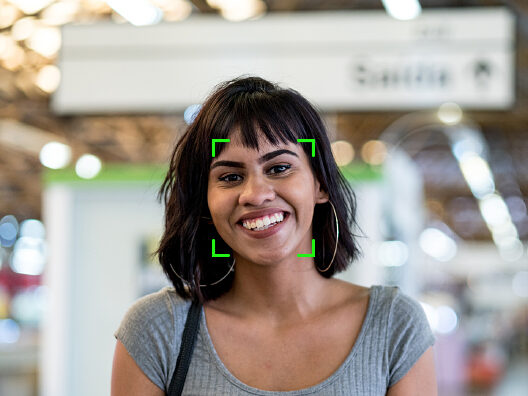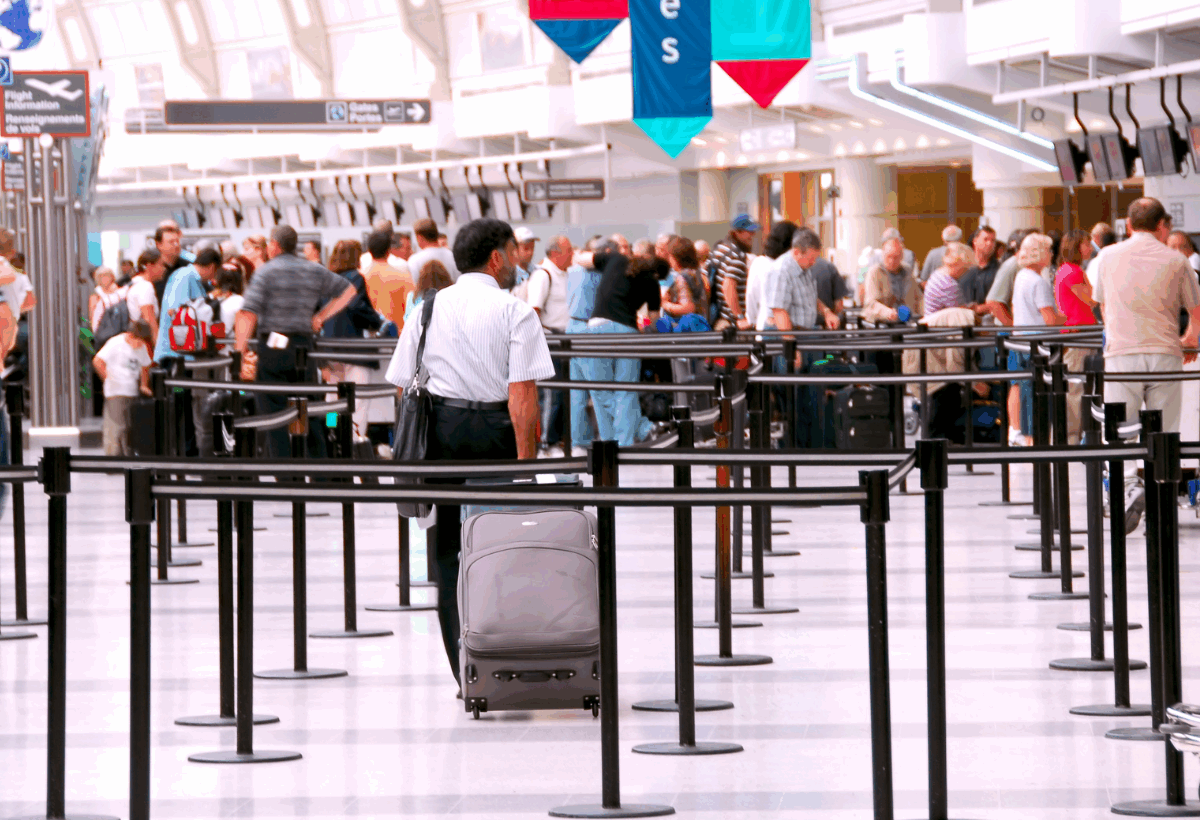As of Sunday 12 October 2025, the European Union (EU) has officially implemented the European Entry/Exit System (EES) at airports throughout the EU.
The implementation of the new system will now require those in possession of a British passport to register biometric data in order to gain access when visiting a country within the Schengen area

Countries within the Schengen area include Austria, Belgium, Bulgaria, Croatia, Czech Republic, Denmark, Estonia, Finland, France, Germany, Greece, Hungary, Iceland, Italy, Latvia, Liechtenstein, Lithuania, Luxembourg, Malta, Netherlands, Norway, Poland, Portugal, Romania, Slovakia, Slovenia, Spain, Sweden, and Switzerland.
Why has the European Union implemented the EES?
The new EES has been implemented in order to strengthen border control both within the EU and neighbouring countries, increasing security and automating border control checks in order to aid the EU in preventing the overstaying of visitors.
The implementation of EES will also herald the eventual introduction of the European Travel Information and Authorisation System (ETIAS), which once brought into official regulation will require those in possession of a UK passport to apply for authorisation to enter Schengen area countries before travelling. This will also incur a fee of 20 EUR.
What Will Change for the Travel Process?
The implementation will bring about a number of significant changes to the way travel will work when moving from a non-Schengen to a Schengen country. These changes include the abolishment of passport stamps when arriving in the EU, the introduction of a new biometric recording process upon a citizen’s first visit to a Schengen area at the port or airport on arrival and the need to submit fingerprints and have a photo taken at dedicated booths.
Travellers will not need to provide any information before travelling to a Schengen area country. If flying to a country in the Schengen area, travellers will complete EES checks upon arrive at their intended destination.
How Often Will This Need to be Done?
Every traveller’s digital EES record will remain for three years after its initial creation, with those re-entering the Schengen area required to provide a fingerprint or photograph upon their re-arrival both during entry and exit.
Am I Exempt?
A small number of UK nationals are exempt from EES, with a full list of those not required to follow the new system listed on the government’s website, here.
Industry Reaction
Andy Smith, Director, Borders at SITA, said:The introduction of the EU Entry/Exit System (EES) marks one of the biggest operational changes at Europe’s air borders in decades. Border officers now need to collect biometric data, check passports, and register Third Country Nationals (TCNs) directly into a central EU system. For airports, this means managing new passenger flows and making sure these checks don’t cause longer queues or missed connections, especially at peak times.
Every Member State must follow the same EU border management regulations, operational guidance from Frontex, and technical standards set by eu-LISA. This ensures that the right data is captured securely and that national systems can talk to the EU’s central database. It’s a complex transition that requires preparation, coordination, and reliable EES technology to keep things moving smoothly.
The EU’s phased EES rollout may help reduce pressure in the early days, but it also creates uncertainty. Not all European airports will switch on at the same time, and passengers, airlines, and airports need clear information to plan accordingly. Communicating rollout plans early and clearly, and encouraging the use of EES pre-registration apps where available, will be key to minimizing confusion and ensuring smoother journeys.
This is why it’s crucial to work closely with governments and border agencies to translate these rules and best practices into practical, workable solutions on the ground. Our EES border management system, for example, builds on technology developed through partnerships with more than 75 governments worldwide. It connects securely to the EU’s central platform and allows travelers to register their biometrics quickly at self-service kiosks and eGates. This helps reduce queues for passengers and frees up border officers to focus on the checks that matter most.
The EU Entry/Exit System is also part of a broader global shift towards biometric border checks. By preparing early, using proven technology, and communicating clearly with the entire travel ecosystem, governments can reduce disruption while enhancing security. Our role is to support them every step of the way.














